At the opening ceremony of the Summit of the Americas in Los Angeles last year, President Joe Biden announced the Americas Partnership for Economic Prosperity, which the White House described as “a historic new agreement to drive our hemisphere’s economy recovery and growth and deliver for our working people.”
The plan has become the administration’s signature Latin America policy. As noted by the White House, the region matters not solely because it’s where the US is situated, but because it also accounts for 32 percent of global GDP. Even more so, the region is rich in resources that are crucial in the development of emerging technologies. The Americas account for about a quarter of global exports in agricultural and fisheries products, and although their manufacturing has stagnated with the rise of Asia, with the right policies, it could offer some alternatives in various industries.
But even if the administration refuses to say it out loud, the region matters because it matters to our most formidable geopolitical competitor. “China is capable of providing loans with far fewer strings attached than the US, which is why their economic influence in the region has become pervasive,” House Foreign Affairs chairman Michael McCaul told The Spectator. So pervasive, in fact, that through economic means they have been able to advance their geopolitical goals.
This year alone, China has condemned the United States in a summit for developing countries in Cuba, where, according to McCaul, “the CCP is colluding with the corrupt Cuban regime to enhance the spy station it operates just ninety miles off the US coast.” China has also improved its relationship with natural resources-behemoths such as Venezuela and Brazil.
The US continues to be Latin America’s top trading partner. But unlike the optimists, Chairman McCaul stressed that the fact alone does not mean the US is winning. China has surpassed the US in developing trade relations with individual countries. A closer look reveals that US trade with Mexico alone accounts for 71 percent of its trade with the region. Meanwhile China dominates in trade with most countries, including Brazil, Argentina and Peru.
China’s increased presence in Latin America has other effects. “Five Latin American countries have severed ties with Taiwan in recent years,” McCaul pointed out, illustrating how China looks at the region to advance causes that go beyond profit maximization.
You might expect Biden’s Latin America strategy to take these realities into account, but that hasn’t happened. “It’s far past time for the Biden administration to better prioritize expanding our economic footprint in Latin America,” McCaul said.
The main problem with APEP is that it is nothing more than a forum, with little focus on trade policy. It sells itself as a way forward, but it lacks the mechanisms to do so. Allies of the administration have expressed their frustrations about this in Congress. In March, during a Senate Foreign Relations Committee hearing, Virginia senator Tim Kaine criticized the White House: “I struggle to see what this administration is doing in Latin America that has any heft to it.” Similarly, grilling State and Treasury Departments representatives, Chairman Robert Menendez said, “I am so embarrassed because when I meet these heads of state, I can’t tell them that they’re wrong” when they lambaste the US’s lack of a hemispheric agenda.
Another problem with the partnership is its members. APEP includes Barbados, Canada, Chile, Colombia, Costa Rica, the Dominican Republic, Ecuador, Mexico, Panama, Peru and Uruguay. South America’s most powerful economies, Argentina and Brazil, are absent. For context, these two countries’ economies are equivalent to that of more than sixty-five Colombias.
Even the current APEP members are unsold on the idea of participating in a simple, no-strings-attached forum. Mexican president Andrés Manuel López Obrador refused to attend the summit where the partnership was announced, citing the US’s refusal to invite leaders from Nicaragua, Cuba and Venezuela. For context, Mexico’s economy is equivalent to that of close to twenty Panamas.
Other members of the partnership, such as the Dominican Republic and Colombia, aren’t that set on being the US’s partners either, with the former recently severing ties with Taiwan and the latter embracing Chavismo.
As the US grew more absent, paralyzed by fears of being called ugly names by Castro wannabes, Latin America has had the biggest democratic recession of any region over the past twenty years. In the name of democracy, America’s absence has made the continent far less democratic, even as spending fixates on democracy-building. China, instead, has focused on using all available means to advance their concrete interests — mainly, extracting a ton of resources and growing a presence in the US’s neighborhood. There are uncomfortable lessons for the United States to learn from China, starting with this one: material interests, not ideology, govern world affairs.



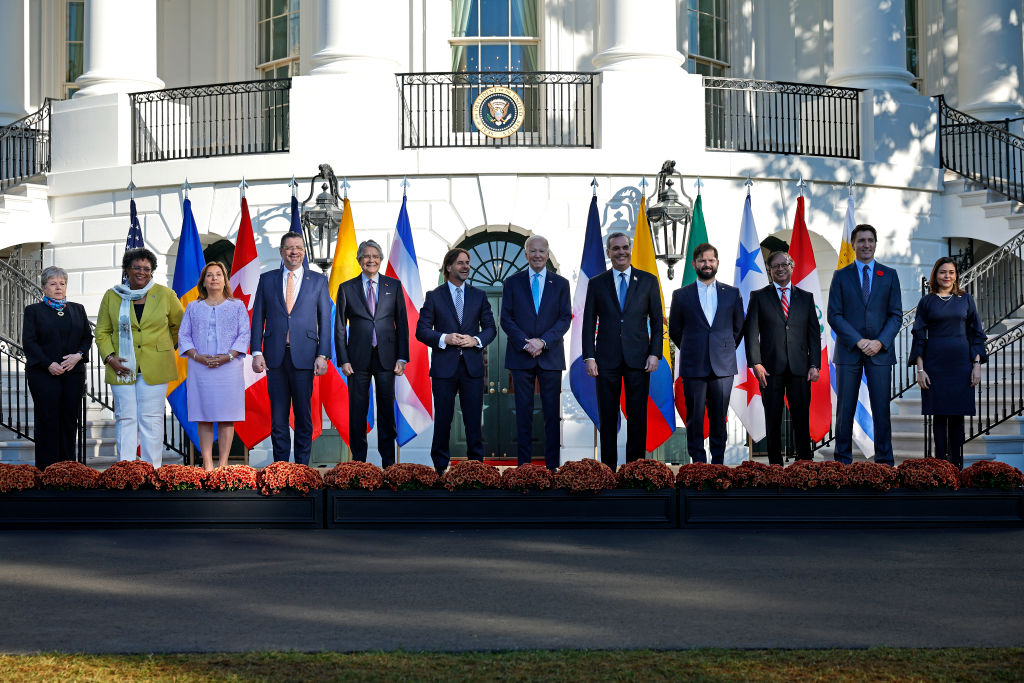






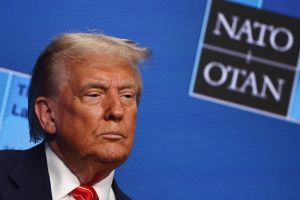

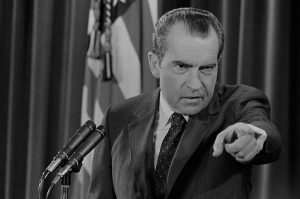
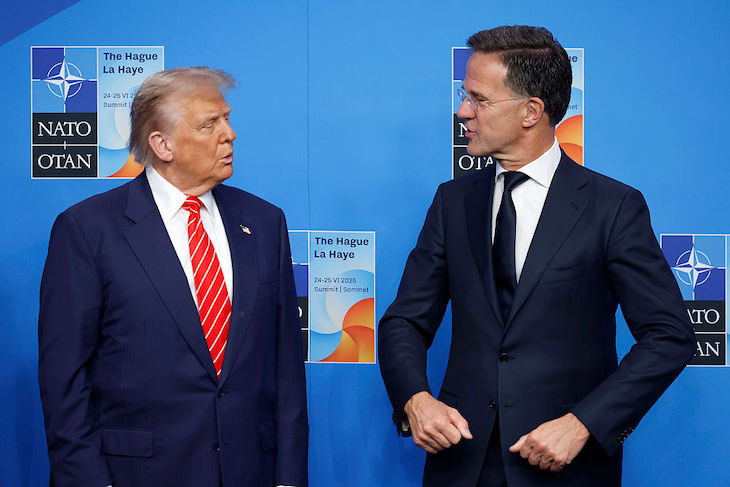
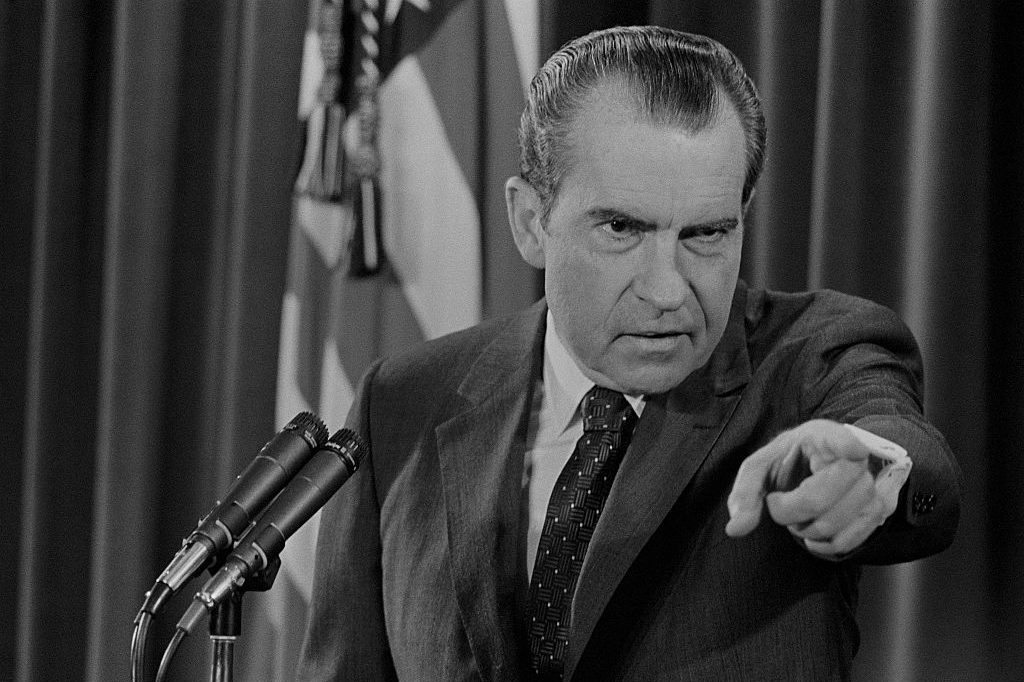
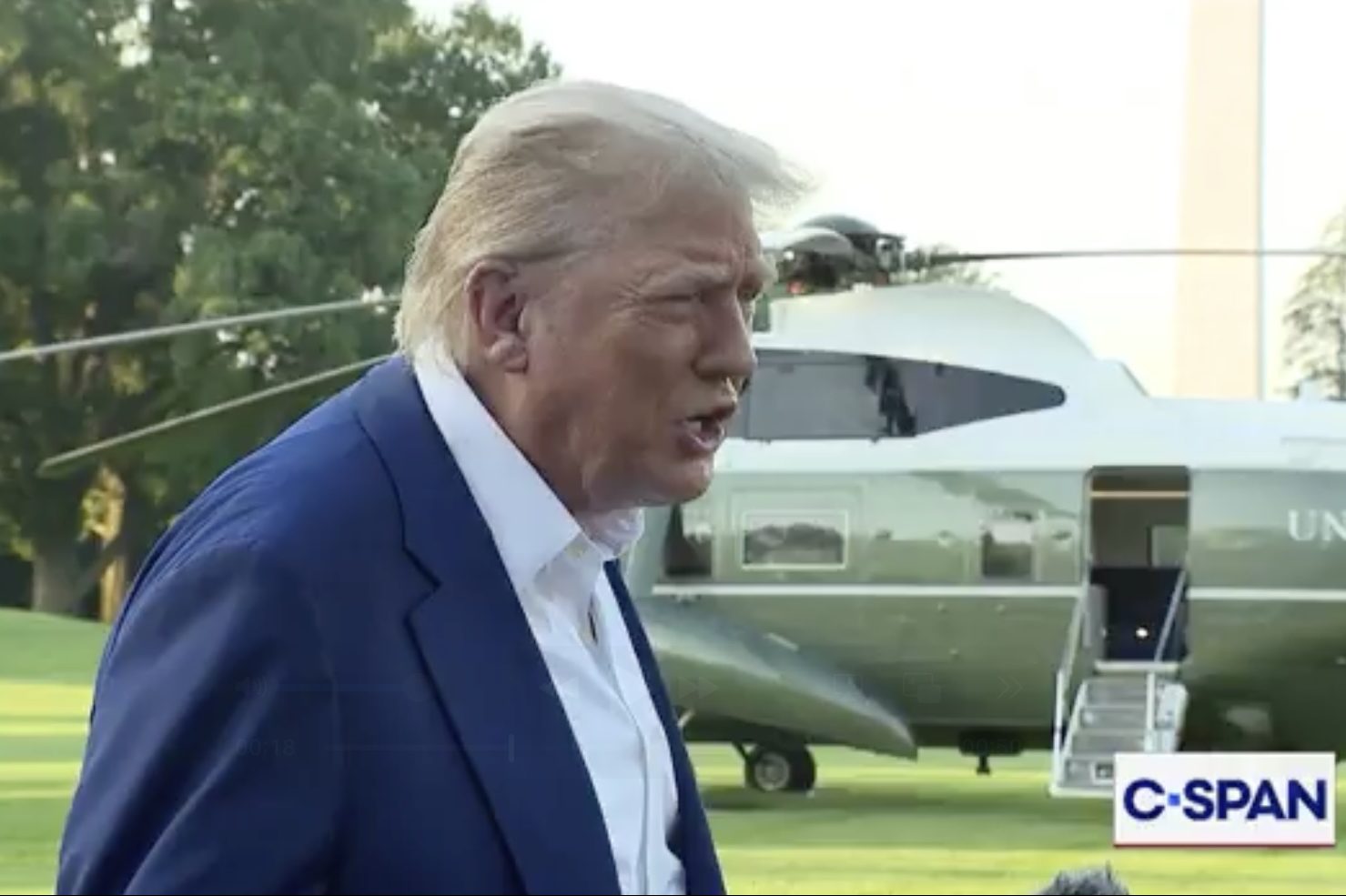
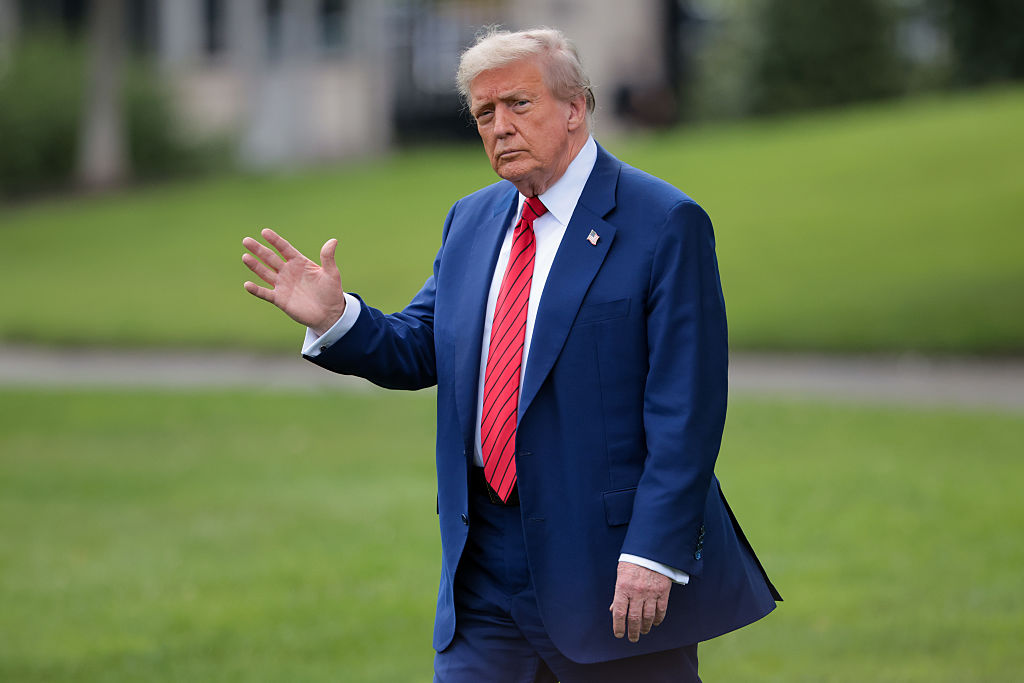

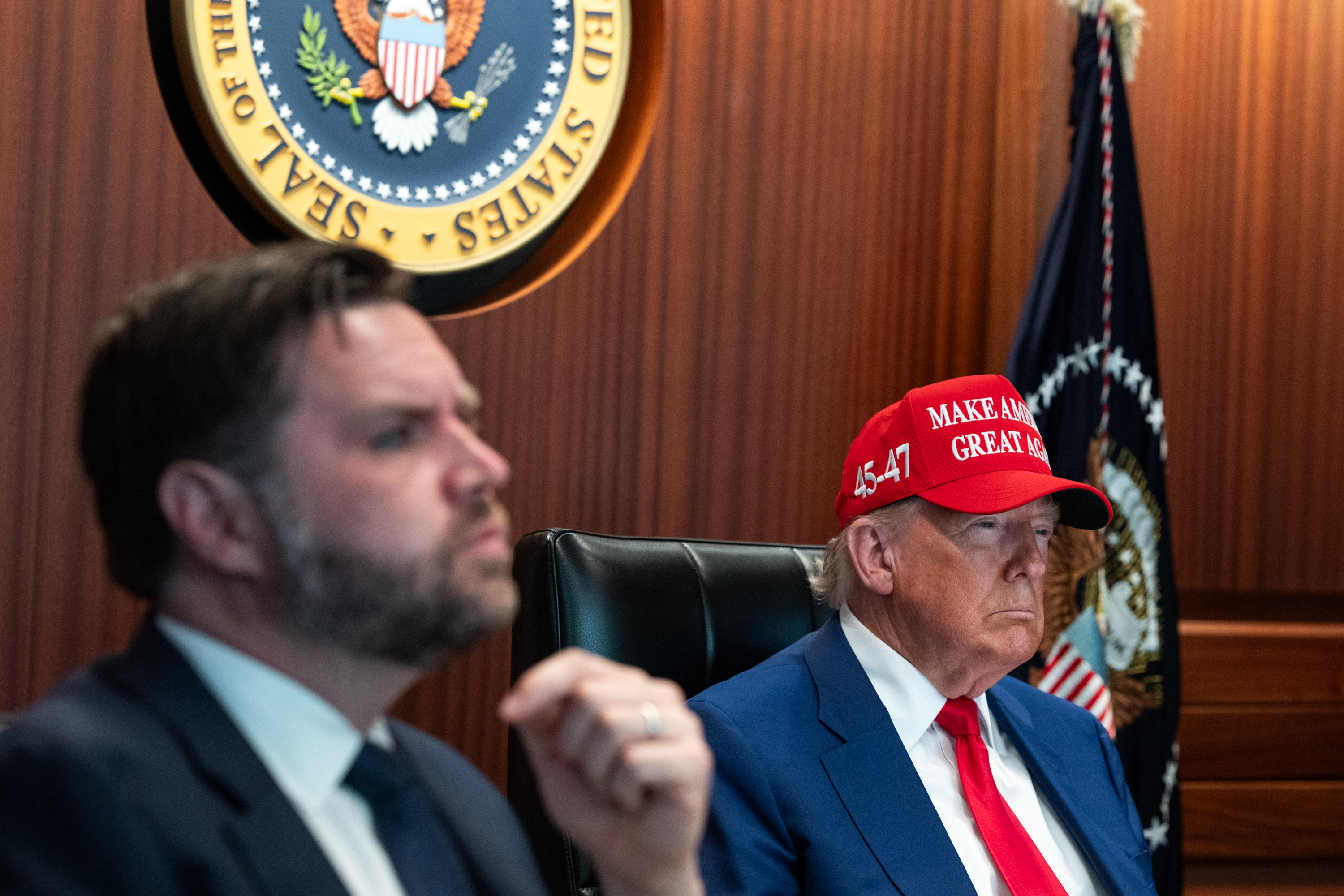







Leave a Reply